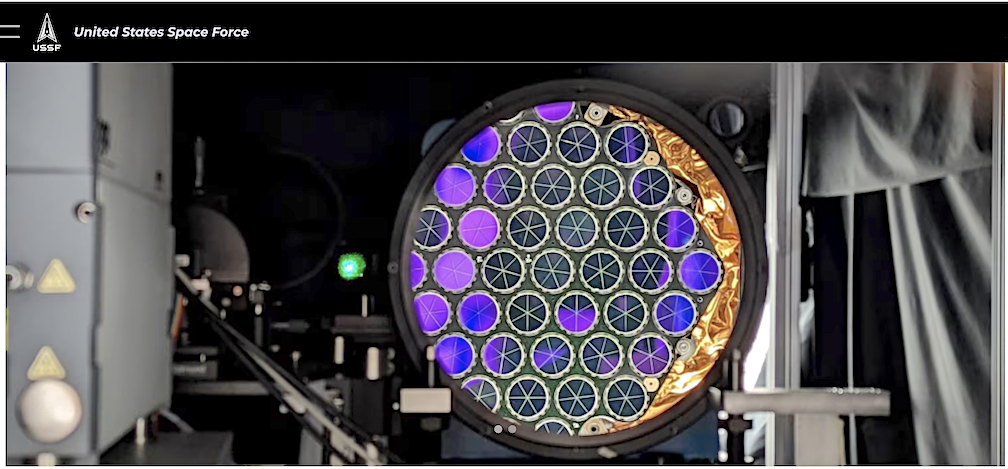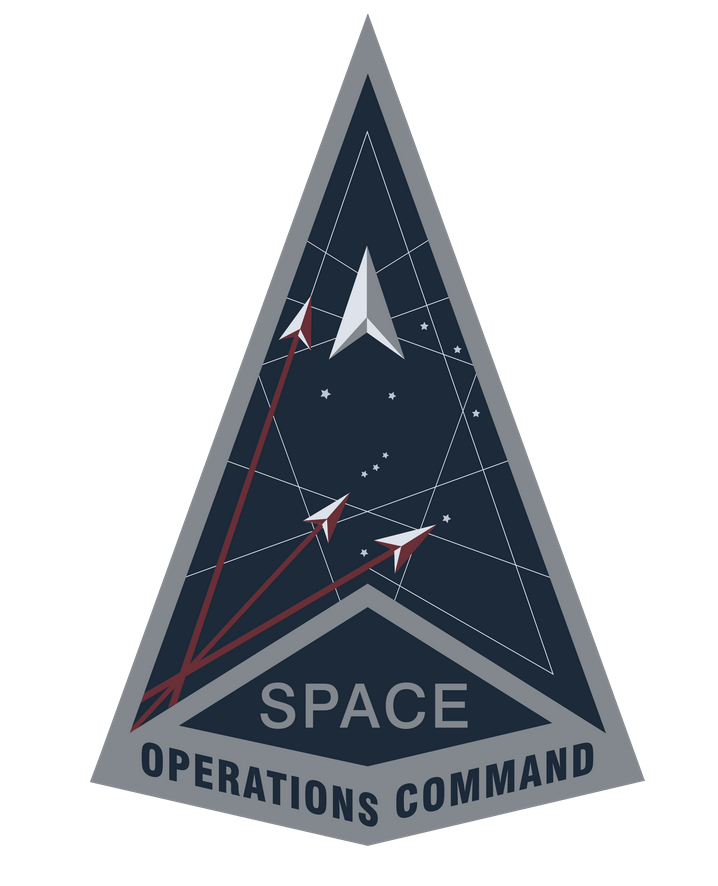

In partnership with NASA and the National Geospatial-Intelligence Agency, the U.S. Space Force GPS III Program Office has delivered two laser retroflector arrays to Lockheed Martin. On May 6, the LRAs were delivered under a directed program to rapidly integrate hosted payloads on GPS satellites ahead of launch call up. The LRAs will be installed onto two GPS III satellites, SV9 and SV10, in preparation for a 2025 launch.

The addition of the LRA hosted payload onto GPS satellites marks an expansion of NASA’s Space Geodesy Program space instrument network. The GPS III LRAs will allow NASA to make precise range measurements to the sub-centimeter level using the Satellite Laser Ranging technique, enabling accurate determination of the Earth’s center. The NASA Space Geodesy Program and NGA will use collected SLR data from the GPS III LRAs to maintain a globally available, high quality terrestrial reference frame.
“This is a great example of partnership between the Space Force, NGA and NASA. We were able to add new capabilities to the GPS constellation years ahead of schedule while ensuring the billions of people who rely on our signals daily would be unaffected,” said U.S. Space Force Col. Andrew Menschner, Position, Navigation and Timing Delta (Provisional) commander at Space Operations Command. “We expect LRAs to be standard on future GPS vehicles and are pleased that SV9 and SV10 will have the capability prior to launch.”

The LRA instrument is an array of passive “Corner Cubes” that reflects laser light back to a transmitting SLR ground station. By measuring the round-trip time of the laser pulse, the ground stations are able to accurately measure the orbit of the GPS satellite. SLR can achieve millimeter-level precise orbits, which enables the scientific community to also conduct fundamental physics experiments in general relativity, as well as Earth monitoring missions, to include sea level changes, and mass redistribution in the Earth-ocean-atmosphere system.

“GPS III putting two new reflectors on orbit next year shows how quickly we are able to upgrade capabilities,” Menschner said. “This success is an incredible tribute to the outstanding talent, mission focus and partnering across the entire team.”
NASA partnered with the Naval Research Laboratory’s Naval Center for Space Technology to build the retroreflectors, while Lockheed Martin will integrate the flight hardware onto GPS III vehicles, which will be operated by the U.S. Space Force’s PNT Delta (P). When the LRAs are on orbit, the GPS satellite will realize an added benefit of enhanced orbit determination with the measurement accuracy required to support GPS-enabled technologies throughout the 21st Century.
